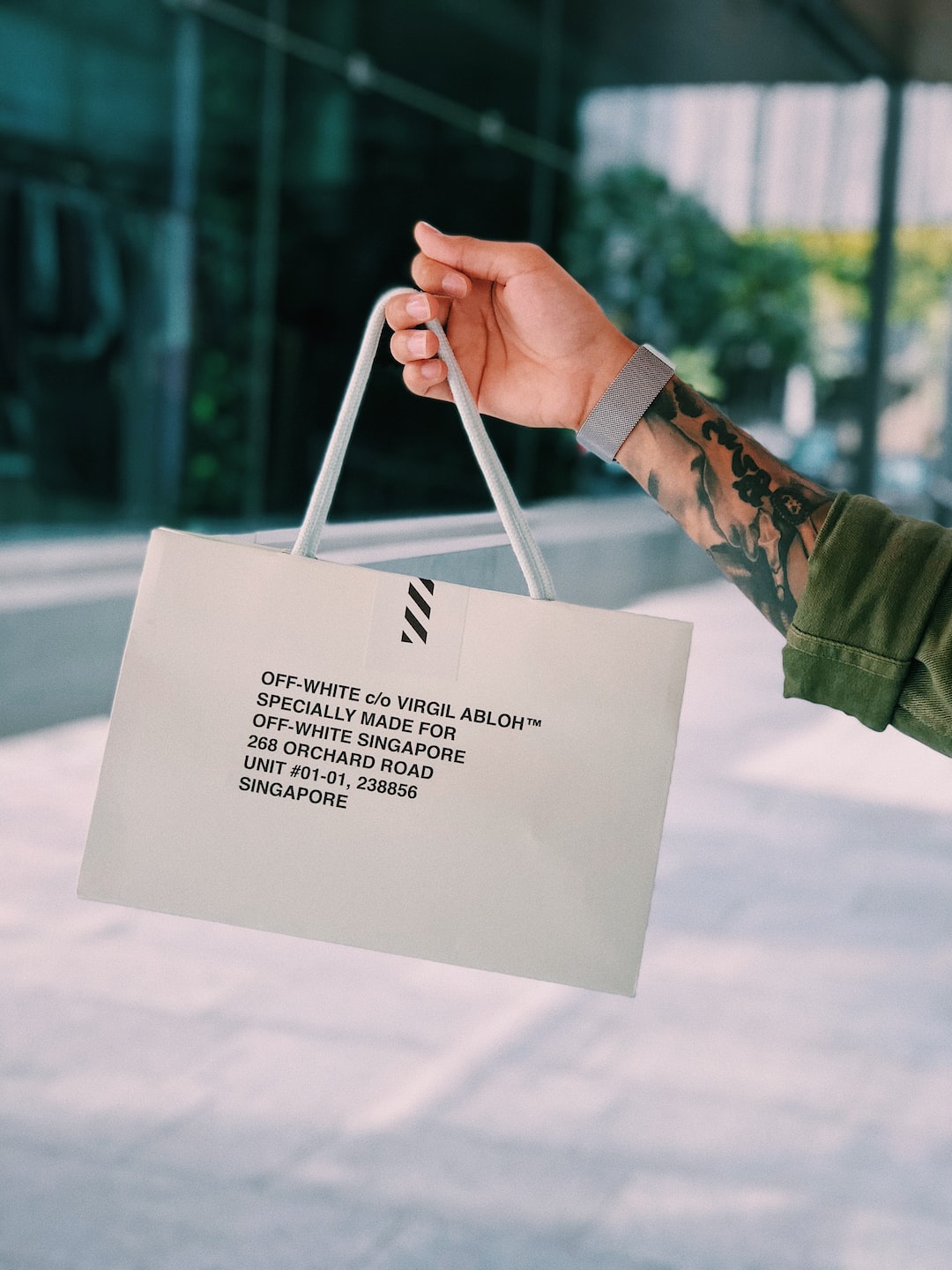Exploring Pop-Up Stores: Temporary Retail Success
In recent years, the retail landscape has witnessed a significant shift with the rise of pop-up stores. These temporary retail locations have emerged as a popular trend, offering a unique and innovative approach to retailing. With their ability to captivate shoppers and create a sense of urgency, pop-up stores have become a powerful tool for brands to boost awareness, engage customers, and drive sales. Let’s dive deeper into this phenomenon and explore the success behind temporary retail.
What are Pop-Up Stores?
Pop-up stores are temporary retail spaces that appear for a short period, ranging from a few hours to several months. They can be found in various locations, such as empty storefronts, malls, or even outdoor spaces. Pop-up stores are often associated with limited-time events, product launches, or seasonal promotions. The idea behind these stores is to create a sense of exclusivity and scarcity, encouraging customers to act quickly and engage with the brand.
The Benefits of Pop-Up Stores
1. Increased Brand Exposure: Pop-up stores provide brands with an opportunity to reach a new audience and expand their customer base. By appearing in unexpected locations, these temporary retail spaces generate curiosity and attract attention. It allows brands to interact with potential customers who might not have encountered their products or services otherwise.
2. Unique Engagement: Pop-up stores offer a chance for brands to connect with customers on a more personal level. These temporary spaces allow for immersive experiences that traditional retail stores often lack. From interactive displays to live demonstrations, pop-up stores create a memorable experience that leaves a lasting impact on the customers’ minds.
3. Testing Ground for New Products: Pop-up stores serve as an ideal testing ground for brands to experiment with new products or services without the long-term commitment of a permanent store. By launching a pop-up store, brands can gauge customer interest and gather valuable feedback, helping them refine their offerings before investing in a full-scale launch.
4. Fostering a Sense of Urgency: The limited-time nature of pop-up stores creates a sense of urgency among customers. The fear of missing out on an exclusive opportunity drives them to make impulsive buying decisions. This urgency often leads to increased sales and customer engagement, as individuals are compelled to act quickly before the pop-up store disappears.
Examples of Successful Pop-Up Stores
1. Nike’s Innovation House: Nike is known for its innovative marketing strategies, and their pop-up stores are no exception. Nike’s Innovation House pop-up store in New York City offered customers a chance to experience their latest products through interactive displays and workshops. The store attracted sneaker enthusiasts and sports fanatics alike, generating a buzz around the brand and its cutting-edge technology.
2. Kylie Cosmetics’ Pop-Up Shops: Kylie Jenner’s cosmetics brand is highly sought-after, and her pop-up shops have become a sensation. These temporary retail locations offer fans a chance to purchase exclusive products and meet Kylie herself. The limited-time nature of these pop-up shops creates a frenzy among her devoted followers, leading to long queues and sold-out merchandise.
3. Adidas’ “The X” Pop-Up Store: Adidas’ pop-up store in London, aptly named “The X,” aimed to showcase their collaboration with prominent British designer Stella McCartney. The limited-time store featured a unique design and exclusive merchandise, attracting fashion enthusiasts and sports lovers. The store’s success helped cement the brand’s position as a leader in both fashion and athletic wear.
Keys to Pop-Up Store Success
1. Location: Choosing the right location is crucial for the success of a pop-up store. An area with high foot traffic, a target audience that aligns with the brand, and proximity to other complementary businesses can significantly impact the store’s performance.
2. Creativity and Innovation: Pop-up stores need to offer a unique and exciting experience to stand out from the competition. Creative displays, interactive installations, and collaborations with local artists or influencers can help create a buzz and generate interest in the brand.
3. Effective Marketing: Promoting a pop-up store through social media, influencers, local publications, and targeted advertising can help generate awareness and attract customers. Utilizing online platforms and creating engaging content can create a sense of exclusivity and excitement around the store.
4. Seamless Customer Experience: From browsing to checkout, the customer journey needs to be smooth and enjoyable. Efficient staff, easy payment options, and personalized interactions add to the overall positive experience and encourage repeat customers.
In conclusion, pop-up stores have become a temporary retail phenomenon, offering brands a unique and engaging way to connect with customers. With their ability to generate excitement, increased brand exposure, and foster a sense of urgency, pop-up stores have proven to be a recipe for success. By embracing innovation, location, and effective marketing strategies, brands can tap into the potential of pop-up stores and create a thriving temporary retail experience.

